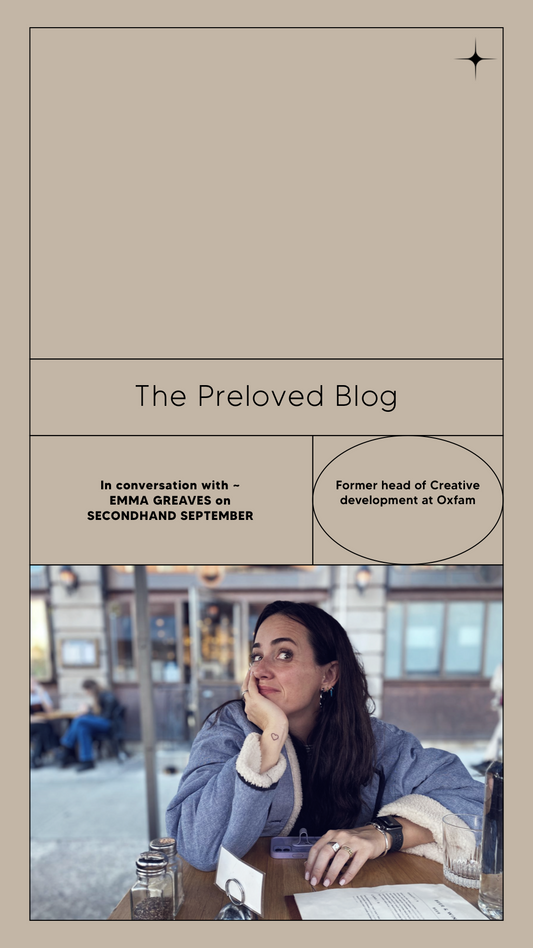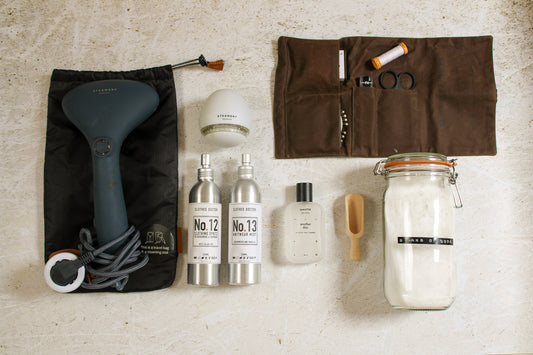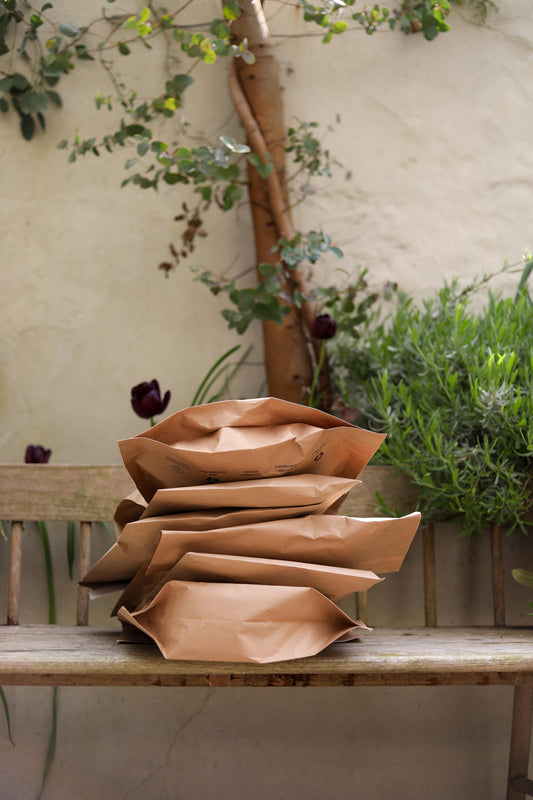Following the recently celebrated Earth Month, the Preloved Atelier, we created some sustainable tips and ideas to reduce your carbon footprint through your wardrobe.

Buy preloved!
I know that’s why I’m here, but did you know that ‘keeping your clothes in circulation for nine more months would reduce their carbon footprint by up to 30 per cent? A recent study by the European textile reuse and recycling industry also showed that over 60% of used clothing and textiles end up in household waste, meaning valuable textiles are very likely to be incinerated or landfilled. The European textile reuse and recycling industry has a vision to create a circular textile value chain where all clothing items are reused optimally or recycled. There’s no better time than now to choose preloved clothing and minimise the impact your clothing has on the environment.
Donate to charity
Parting with your unwanted items may seem like a great idea to give to charity (and of course, it’s a very worthy cause), but hear me out; Did you know that only 10-30% of items resell in charity shops? Consider what you are donating, is it in good condition? Only donate if it’s in a sellable condition.
In the modern age, where consumerism can often overshadow conservation, donating clothes represents a significant shift towards sustainability and social responsibility. The importance of clothing donations goes beyond getting rid of items you no longer need. It greatly benefits people, reduces the use of environmental resources, and creates a culture of giving and recycling that is critical for our world.
Recycle where possible
Did you know that in the UK, around 336,000 tonnes of unwanted clothing gets thrown away each year? The good news is that there are simple ways to keep all clothing in use and out of the bin. You should check with your local recycling authority to see what is possible, as many have textile waste facilities.
Clothes and textiles in good condition can be donated and sold for reuse. This process is vital to reduce the impact clothing has on our environment. Less suitable items for donation can be recycled and made into new items, such as padding for chairs and car seats, cleaning cloths and industrial blankets.
Upcycle your clothes
We're all quite aware of the 3 Rs—reduce, reuse and recycle—but what about the less discussed “U”? Perhaps as important as the 3 Rs, the U refers to upcycling. If we upcycled our clothes more, it would keep them out of the landfill, helping the environment and extending their shelf life.
Upcycling gives a new life to something that typically is thrown away, eliminating waste going to landfills. Aside from waste reduction, it reduces the need for new resources for new products and reduces carbon emissions associated with the manufacturing process.
Increase the life of your clothes by finding a good seamstress.
If this isn’t within your budget, try watching online videos on how to repair yourself. If you need someone to show you, why not sign up for a sewing beginners class? Locally, @sewfabulousbrighton has sewing classes to suit all ages and abilities.
Invest in natural fibre clothing
Try investing in natural fibres; Linen, Cotton, Hemp, Bamboo, Wool and Silk.
Water-repellent and durable, natural fibres are significantly safer than synthetic materials, and the renewable and recyclable element means customers can rest assured their clothing will biodegrade over time. If your items are synthetic, consider using a @guppyfriend laundry bag. They trap in the synthetic microfibres & microplastics that would otherwise end up in the ocean.
What are your top tips? I’d love to hear them.
**quotes taken from, ‘Is it really Green?’ By Melissa Hemsley.
Link




